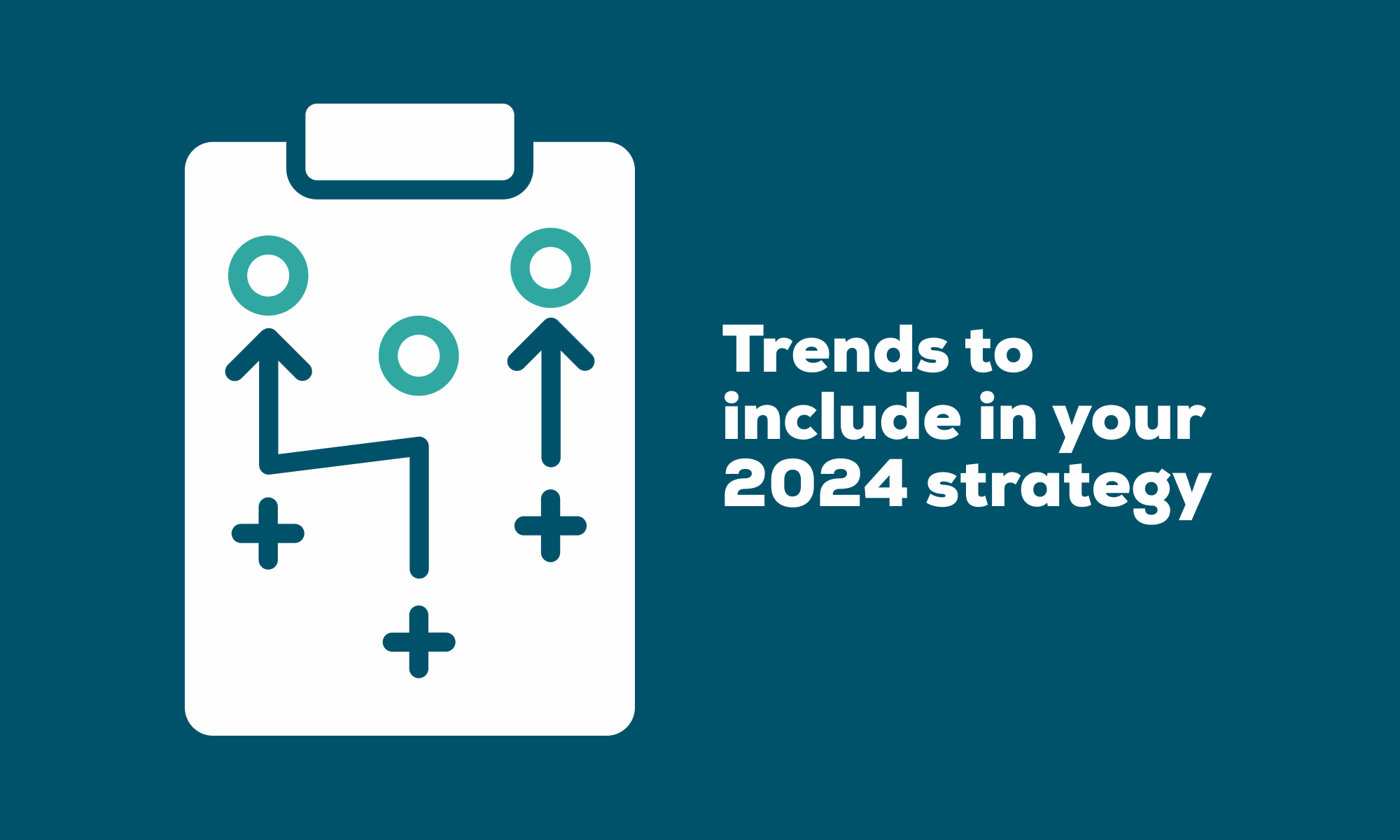Project management is about so much more than simply overseeing a project from A to Z. It’s about planning, executing, controlling, communicating, etc. It’s almost like playing Tetris where you need to fit all sorts of different elements together.
Here are the 5 basic steps to follow when managing a project Definition/Initiation, Planning, Execution, Control and Post-Mortem:
1) Definition / initiation
You’ve been assigned a new project, great! Now what? The first step in the process is defining the objectives and goals with the client to make sure you understand exactly what they want and what their expectations are; this is what is commonly called the Kick-Off meeting. It’s important to go through all the details of the project, following what was established in the estimate that was approved, to clarify what is included in the project scope and what is considered extra. At Symetris, we always include the project manager and at least 1 developer in the kick-off meeting. This is an exceptionally helpful practice because the developer can always answer the more technical questions relating to the project, that a project manager might not be able to answer.
Another key element to this kick-off meeting is to identify the possible problems or issues that might arise to make sure that everyone is aware of these possible constraints so there are no surprises if a problem actually does rear its ugly head. This is also where you’ve established and assigned the roles and responsibilities of your team as well as the client; because yes, the client also has responsibilities throughout the project and these need to be established before the work starts.
2) Planning
Once you’ve defined all the objectives, goals and expectations, it’s time to start putting everything into action. There are many tools available to help you manage projects; some people like to use project management software, others prefer the tried and true old school method of Spreadsheets. Both have their pros and cons, but the main idea is to use a method that works best for you to keep track of everything and checking things off as they are completed.
The two key elements in the planning process is defining all the specifications and building a timeline for your project. At Symetris one of the valuable tools we use for defining specs is what we call our User Stories, as I’ve mentioned in a previous blog post. This is an important step in the project management process and should not be overlooked as it really helps not only to establish the technical details of a project but reviews the business needs and processes and is a like confirmation that you, your team and the client are all on the same page and understood what needs to be achieved. Once your specs have been detailed out, it’s time to build your timeline. This is also a very important step because it gives not only your team a set time that they have to work on the project, but it helps the client know what’s being done and when to expect results as well as when they will be called upon for their part of quality control and approval. It also helps alleviate a lot of questioning on the clients part like "when will this part be ready’" or "when can I expect to see a first draft"; all those details should be in the timeline. It’s everyone’s responsibility to respect the timeline. If you’ve allotted one week for client quality control and approval, then it is important that they respect that timeline to ensure that the project remains on track and that there are no delays in production.
3) Execution
So you’ve got everything planned out, now it’s time to put it in third gear and get going. All the tasks have been assigned to the key people working on the project, and they have all the tools to move forward. The project managers’ role during the execution phase is to oversee all the phases, make sure that everyone is respecting both the timeline and the budget, and plays the role of the mediator between the client and the execution team. As a project manager it’s important to follow the project closely and report back to the client on the advancements and keep them informed about everything that’s happening, even if some issues arise. The worst thing to do is to tell the client that everything is fine, when it’s actually not. One of our four values at Symetris is Transparency and it’s one that we take to heart (which incidentally is another one of our core values). We prefer clear and unambiguous communication over sweeping problems under the rug.
4) Control
This step is also known as Quality Control and also includes Quality Assurance; whichever way you look at it, it’s an essential step in managing any type of project. Before presenting anything to the client, you must go through everything with a fine toothed comb and make sure that what you are presenting corresponds to the specifications you defined earlier. Once you’ve gone through everything and made your own adjustments and checked off the elements from your User Story, then you can send it to the client for approval. While the client goes through the user story you can get started on a tutorial document for the client to help with your preliminary demonstration. A walkthrough in person or by phone is a good habit to get into, to make sure that the client understands how everything works and can ask questions as they go along.
Once you’ve done your walkthroughs for each phase of the project, gotten your approvals and the project is live, It’s time to work on your final tutorial document. Some simpler projects may not require a tutorial document, but they are still a good thing to provide because even if you went through everything with the client, they’ll appreciate having a hard copy document to refer to in the future instead of having to call on you every time they have a question.
5) Post-Mortem
Great, the project is finished, the client is happy and now your job is done, right? Wrong! There is one final step to project management which is a pretty important one…the Post-Mortem. For many projects it’s a really good idea to set aside some time to create a post-mortem, to ensure that not only the client is satisfied but that you didn’t overlook anything. If there are elements that the client or the project manager and their team felt went really well or didn’t go right, this is the time to bring them up. This will help you and the client readjust your methods for future projects.


